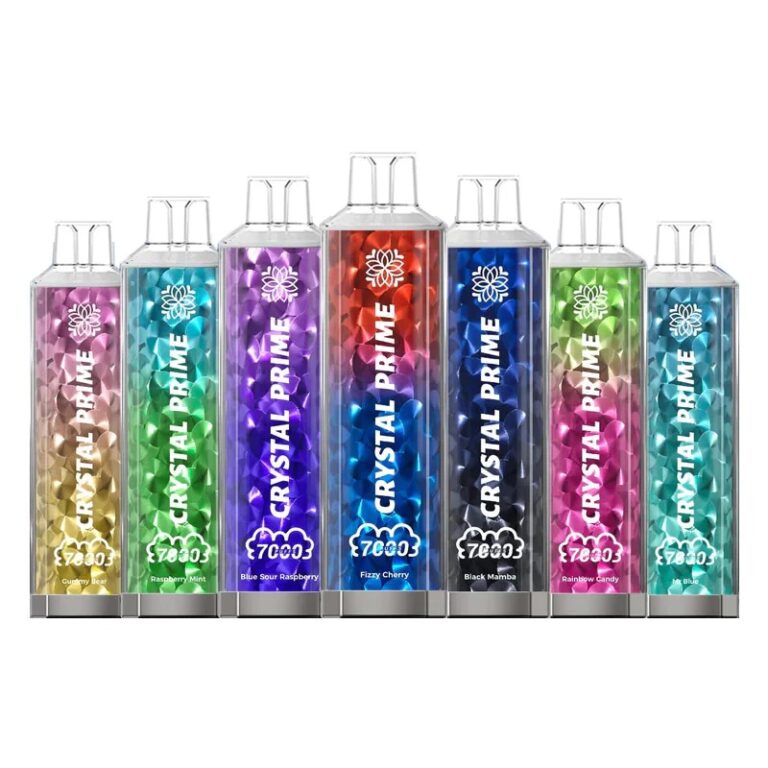What Type of SAND CASTING SAND Should You Use?
Choosing the right type of sand for sand casting is crucial to achieving high-quality castings. The sand used in sand casting must possess specific properties to ensure the mold can hold its shape, withstand the heat of molten metal, and produce a smooth surface on the finished product. Here’s a guide on the different types of sand used in sand casting, their properties, and applications:
Types of Sand for Sand Casting
1. Silica Sand (SiO2)
- Properties:
- High melting point.
- Good refractoriness (ability to withstand high temperatures).
- Fine grain size, which allows for detailed molds.
- Chemically inert and stable at high temperatures.
- Applications:
- Most commonly used in sand casting.
- Ideal for casting ferrous (iron, steel) and non-ferrous (aluminum, copper) metals.
2. Chromite Sand
- Properties:
- High thermal conductivity.
- Excellent refractoriness and stability at high temperatures.
- Good resistance to metal penetration and burn-on.
- Dark color, which can help in heat absorption.
- Applications:
- Used in the casting of high-temperature metals like stainless steel and superalloys.
- Often used as a facing sand (a layer applied directly to the mold surface) to improve the surface finish of the casting.
3. Zircon Sand
- Properties:
- Very high refractoriness.
- Low thermal expansion, reducing the risk of mold defects.
- High density, which helps in reducing the likelihood of defects like veining or cracking.
- Applications:
- Used for casting high-temperature alloys.
- Ideal for precision casting and for parts that require high dimensional accuracy.
4. Olivine Sand
- Properties:
- Lower thermal expansion compared to silica sand, reducing the risk of casting defects.
- Good refractoriness, though not as high as zircon or chromite.
- Non-silica based, which reduces the health risks associated with silica dust.
- Applications:
- Used for casting ferrous and non-ferrous metals.
- Often chosen for applications where lower thermal expansion is critical.
5. Resin-Coated Sand
- Properties:
- Sand is pre-coated with a resin that hardens during the molding process.
- Produces strong molds with smooth surfaces.
- Reduces the need for mold binders and offers good dimensional accuracy.
- Applications:
- Used in shell molding processes, where high precision and surface finish are required.
- Suitable for small to medium-sized castings with intricate details.
6. Green Sand
- Properties:
- Mixture of silica sand, clay (bentonite), water, and other additives.
- Moisture content helps in maintaining mold shape and flexibility.
- Easy to reuse and reclaim, making it cost-effective.
- Applications:
- Widely used in the casting of ferrous and non-ferrous metals.
- Ideal for large-scale production due to its ease of use and reusability.
7. Sodium Silicate (Water Glass) Sand
- Properties:
- Sand bonded with sodium silicate, which hardens when exposed to carbon dioxide (CO2).
- Produces strong, rigid molds.
- Good for producing thin-walled castings and complex geometries.
- Applications:
- Used in core making, where precise shapes are needed.
- Common in steel casting and other high-temperature metal casting processes.
Selecting the Right Sand
The choice of sand depends on several factors, including:
- Metal to be Cast: High-temperature metals require sand with high refractoriness, such as zircon or chromite sand.
- Casting Size and Complexity: Finer sands like silica or resin-coated sand are better for detailed and precise castings, while coarser sands may be sufficient for larger, less detailed parts.
- Surface Finish Requirements: Resin-coated sand and chromite sand can produce smoother surface finishes, which might be necessary for certain applications.
- Cost Considerations: Green sand is cost-effective and widely used, while specialty sands like zircon or chromite are more expensive but offer superior properties for specific applications.
Conclusion
Choosing the right type of sand is critical for producing high-quality castings. Silica sand is the most commonly used due to its versatility and cost-effectiveness, but other sands like chromite, zircon, and resin-coated sands offer specific advantages depending on the casting requirements. Understanding the properties of each type of sand and matching them to the needs of the casting process will ensure optimal results.
Dongrun Casting has 20000 square meters of facility houses and 200 production & test equipment, From quotation and tooling design to casting and finished machining, we can work with you at every stage. We serve a wide range of industries-from Fortune 500 corporations to small and midsize OEMs. Our products include Automotive&trucking, Electric Utility & Communications, Metering Systems, the Hydraulic Industry, Medical Devices, Lighting, Fuel and Gas Pressure, and Furniture parts.
More Details: www.dongruncasting.com




